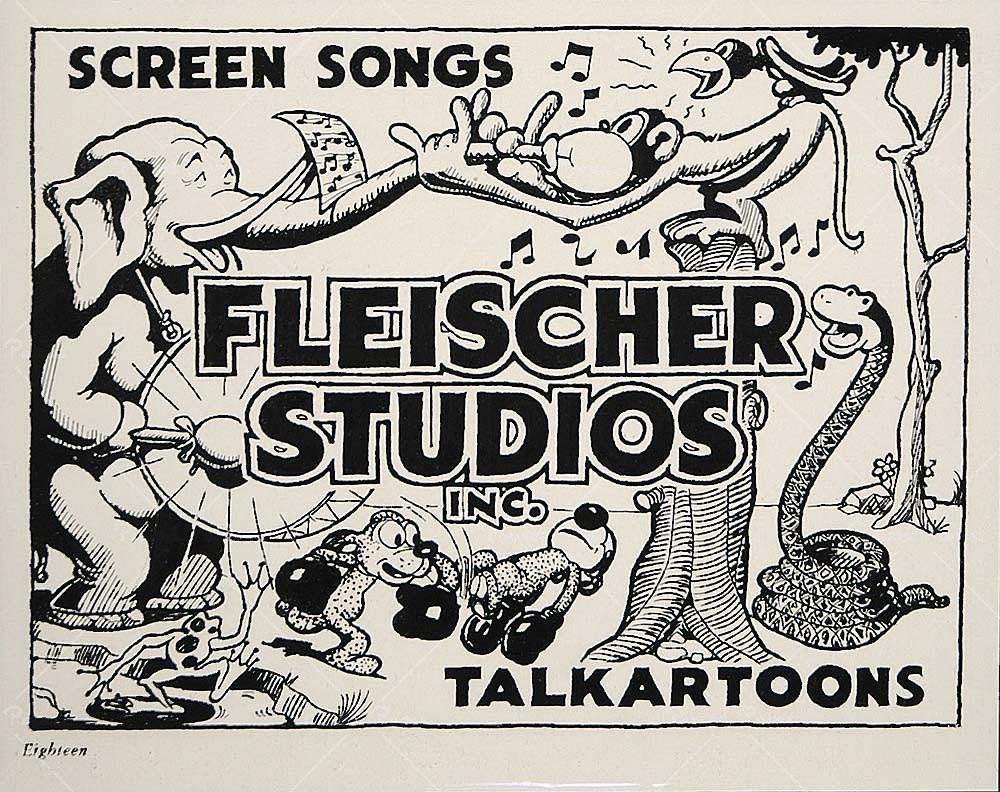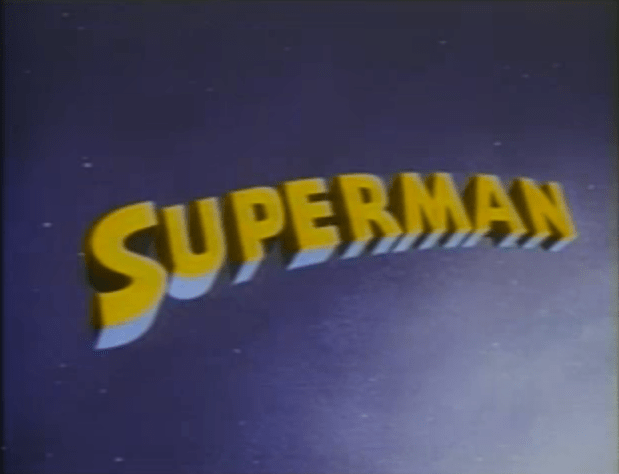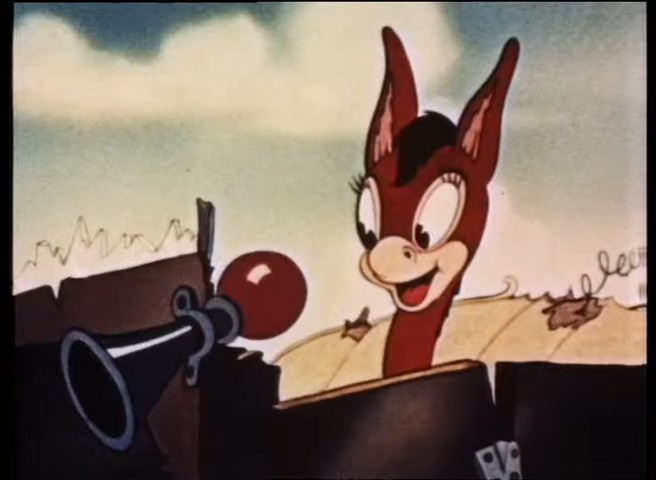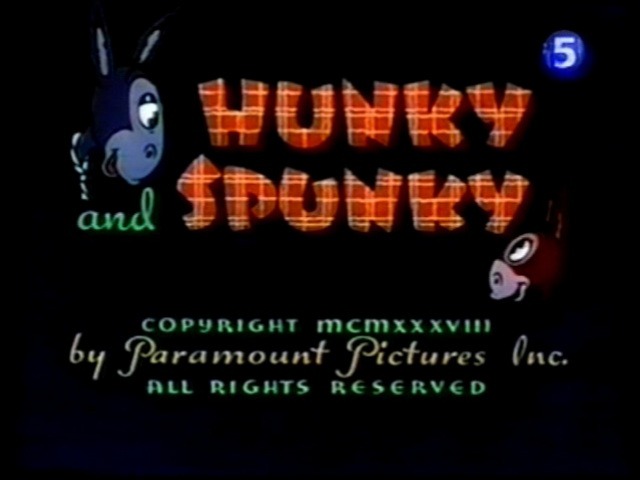The Fleischer Studios, founded by brothers Max and Dave Fleischer, stand as titans in the early days of animation. Their groundbreaking contributions during the 1920s and 1930s not only pushed the boundaries of animation but also shaped the industry into what we know today. From pioneering the rotoscope to creating some of the most iconic characters in animation history, the innovations of Fleischer Studios were pivotal in the evolution of animated storytelling.
In this article, we’ll talk about the key achievements of these animation legends, uncovering how their creative vision and technological advancements left an indelible mark on the world of animation. Join us as we journey through the fascinating legacy of the Fleischer Studios, a story of creativity, innovation, and enduring influence.
The Beginning of Fleischer Studios
The Early Days of Max and Dave Fleischer
Max and Dave Fleischer, the sons of a tailor, were born in the late 19th century in Vienna, Austria before their family immigrated to the United States. Growing up in New York City, the brothers were immersed in a melting pot of cultures and ideas, which shaped their creative outlook from a young age.
Max Fleischer, born in 1883, displayed a keen interest in art and technology from his early years. He was particularly fascinated by gadgets, drawings, and photography. This blend of interests laid the groundwork for his future innovations in animation. His knack for creativity was complemented by a strong technical aptitude, leading him to pursue studies in commercial art and later work as a draftsman and cartoonist.
Dave Fleischer, born in 1894, was the more extroverted of the two. He had a natural talent for performance and storytelling. Dave’s early years saw him gravitating towards show business, with a particular interest in film and theatre. This passion for narrative and performance would later become a driving force in the storytelling aspect of the Fleischer Studios’ works.
The combination of Max’s technical genius and Dave’s storytelling prowess created a perfect synergy for animation. As young adults, they began experimenting with animation techniques, combining Max’s love for drawing and machinery with Dave’s flair for storytelling and humor.
The brothers’ initial forays into animation were a series of experiments conducted in their spare time. They would often work late into the night, exploring ways to bring drawings to life. These experiments laid the foundation for their later professional ventures. Their collaboration was characterized by a willingness to take risks and push the boundaries of the then-nascent field of animation. This period of exploration was crucial in developing the unique style and approach that would later define Fleischer Studios.
The Birth of Fleischer Studios
In the vibrant atmosphere of New York City in the early 1920s, Max and Dave Fleischer decided to turn their shared passion and individual talents into a professional venture. In 1921, Fleischer Studios was born, marking the official entry of the Fleischer brothers into the animation industry. This was a period of great potential and exploration in animated filmmaking, and the Fleischers were ready to make their mark.
The studio’s early days were humble, starting in a small space that barely fit the team and their equipment. Despite these modest beginnings, the enthusiasm and creativity within the walls of Fleischer Studios were boundless. The brothers’ complementary skills – Max’s technical prowess and Dave’s artistic direction – fueled their early projects.
One of the first major successes for Fleischer Studios was the “Out of the Inkwell” series, featuring Koko the Clown. These animations, which combined live-action and animation, were not only technically impressive but also showcased the studio’s unique sense of humor and creativity. The success of “Out of the Inkwell” led to increased recognition and business for the studio. With growing demand, Fleischer Studios expanded both its staff and its operational capacity, moving to larger premises and acquiring more advanced equipment.
As the 1920s progressed, Fleischer Studios emerged as a key player in the animation industry. Their innovative approach to animation, both in style and in technology, began to influence the direction of animated filmmaking. The studio’s growth and success set the stage for a new era in animation, one where creativity and innovation were paramount.
Pioneering the Rotoscope
The Invention of the Rotoscope
The journey of Fleischer Studios into the annals of animation history is notably marked by Max Fleischer’s invention of the rotoscope in 1915. This revolutionary device was born out of Max’s desire to improve the realism in animation. The rotoscope allowed animators to create more fluid, lifelike movements by tracing over live-action footage frame by frame.
How the Rotoscope Works
At its core, the rotoscope involved projecting filmed footage onto a frosted glass panel. Animators would then trace this imagery, capturing the subtleties and complexities of real-life motion. This method was groundbreaking, providing a level of detail and realism that was previously unattainable in animation.
The Impact on Animation Quality
The introduction of the rotoscope represented a significant leap in the quality of animated films. Characters animated with this technique moved more naturally and expressively, bridging the gap between animation and live-action cinema. This advancement was particularly evident in the fluidity of characters’ movements and the accuracy of their physical interactions, which added depth and believability to the animated stories.
Rotoscoping in Early Fleischer Studios Films
One of the first major applications of the rotoscope was in the “Out of the Inkwell” series, featuring Koko the Clown. The character’s movements, traced from footage of Dave Fleischer, were remarkably smooth and lifelike, setting a new standard for animated characters. The success of these films showcased the potential of the rotoscope and solidified its place as a crucial tool in animation.
The Influence on the Animation Industry
The rotoscope quickly gained recognition within the animation community, influencing the techniques of other studios and animators. Its ability to enhance the realism in animation opened up new creative possibilities and storytelling techniques. While some critics argued that it reduced the ‘artistic’ aspect of animation, the undeniable improvement in movement quality was widely accepted and admired.
Legacy and Modern Adaptations
The legacy of the rotoscope extends far beyond its initial use in the early 20th century. It laid the groundwork for future motion-capture technologies and continues to influence modern animation and visual effects. Today, while the technology has evolved, the principle of capturing real human movement to enhance animation remains a testament to Max Fleischer’s innovative spirit.
Iconic Characters and Series
Fleischer Studios introduced some of the most iconic and enduring characters in the history of animation. Below are some of these characters and the series that brought them to life, showcasing the studio’s unique style and influence.
- Betty Boop: The Jazz Age Icon: Betty Boop, created in 1930, emerged as one of the studio’s most famous characters. Originally portrayed as a humanoid dog, she quickly evolved into a human character and became known for her flapper style and distinctive voice. Her series was groundbreaking for its incorporation of jazz music, adult humor, and cultural commentary, making Betty Boop a symbol of the Roaring Twenties.
- Popeye the Sailor Man: Popeye, introduced in 1933, became another flagship character for Fleischer Studios. Adapted from the comic strip by E.C. Segar, Popeye’s animated adventures were marked by his superhuman strength, quirky humor, and the catchphrase, “I yam what I yam.” The Popeye series was notable for its action-packed sequences, humorous storytelling, and the introduction of other beloved characters like Olive Oyl and Bluto.
- Koko the Clown and the “Out of the Inkwell” Series: Koko the Clown, one of the earliest characters created by the Fleischers, starred in the “Out of the Inkwell” series. This series was revolutionary for its blend of live-action and animation, with Koko interacting with the real world. The imaginative and often surreal adventures of Koko showcased the Fleischers’ creativity and their ability to push the boundaries of traditional animation.
- Superman: A New Benchmark in Animation: In the 1940s, Fleischer Studios produced a series of Superman cartoons that are still celebrated for their high-quality animation and action sequences. These Superman shorts set a new standard for realism and complexity in animated superhero storytelling and influenced the genre for decades to come.
The studio also produced other memorable series and characters, including the “Color Classics” series, which was Fleischer’s answer to Disney’s “Silly Symphonies.” Characters like Grampy and the eccentric inventor in the “Betty Boop” series further demonstrated the studio’s range and creativity. The characters and series created by Fleischer Studios have an enduring appeal, resonating with audiences even today. They represent a blend of innovation, humor, and a unique style that was ahead of its time. These characters have become cultural icons, representing the golden age of animation and the pioneering spirit of Fleischer Studios.
Innovations in Sound and Color
Fleischer Studios, always at the forefront of innovation in animation, made significant contributions in integrating both sound and color into their productions. This section explores how these advancements influenced their iconic characters and series, setting new benchmarks in the animation industry.
Early Adoption of Sound in Animation
Prior to the widespread use of sound in film, animation was primarily a silent medium. Fleischer Studios was one of the pioneers in embracing sound and understanding its potential to enhance storytelling and character development. Their early sound cartoons, notably “My Old Kentucky Home” (1926), were among the first to synchronize dialogue and music with animation, predating even Disney’s famous “Steamboat Willie.”
The ‘Talkartoons’ Series
The introduction of the Talkartoons series in 1929 marked a new era in animated filmmaking at Fleischer Studios. These were among the first animated shorts to fully utilize synchronized sound, marrying dialogue, sound effects, and music with animated action. This series also introduced characters like Bimbo and later Betty Boop, who benefited greatly from the addition of sound, gaining personality and appeal.
Technological Advances in Sound
The Fleischers continually experimented with sound technology, improving synchronization and audio quality. Their innovations in this area contributed to a more immersive and engaging viewing experience. One notable invention was the ‘Bouncing Ball’ technique used in their ‘Sing-Along’ cartoons, which visually guided audiences to sing along with the music, a precursor to modern karaoke.
Embracing Technicolor in Animation
Alongside sound, color was another frontier that Fleischer Studios explored. While color animation was still in its nascent stage, they were among the first to experiment with it, initially through limited use in the ‘Talkartoons’ and later in other series. The studio’s “Color Classics” series, launched in the mid-1930s, fully utilized the three-strip Technicolor process, bringing a richer, more vibrant palette to their animations and enhancing the visual storytelling.
The introduction of color allowed for more expressive character designs and visually dynamic backgrounds. It added a new dimension to the storytelling, allowing for mood setting, thematic depth, and a more immersive world for the characters. The use of color also distinguished their films from competitors and captivated audiences with its visual appeal.
The innovations in sound and color at Fleischer Studios paved the way for future developments in animation. Their pioneering work demonstrated the potential of these technologies in enhancing the animation medium. These advancements had a lasting impact on the industry, influencing the techniques and standards of animated storytelling for generations to come.
The Fleischer Studios’ Impact on Animation
Fleischer Studios left a permanent mark on the animation industry. Below are some of the studio’s wide-ranging impact, from stylistic innovations to technological advancements, and how these contributions shaped the future of animation.
- Pioneering New Animation Techniques: The Fleischer brothers were known for their willingness to experiment and innovate. They pioneered several techniques, including the rotoscope, which brought a new level of realism to animation. Their approach to animation was not just about technology but also about pushing the boundaries of the medium in terms of storytelling and character development.
- Influence on Artistic Style and Content: Fleischer Studios’ animations were distinct in their style, often characterized by surreal, sometimes dark humor, and fluid, lifelike movements. This contrasted with the more family-friendly style of their contemporaries, offering an alternative perspective on animation that appealed to a wider, sometimes more adult, audience. Their work was also notable for its willingness to tackle contemporary issues, using animation as a medium for social commentary and satire.
- Inspiring Future Generations of Animators: The artistic and technical innovations of the Fleischer Studios have inspired countless animators and filmmakers. Their unique style, willingness to experiment, and ability to tell engaging stories through animation continue to influence the industry. Many modern animators cite the Fleischer brothers as major influences in their work, drawing on their techniques and storytelling methods.
- Contributions to the Popularity of Animation: Fleischer Studios played a crucial role in popularizing animation as a form of entertainment. Their characters, like Betty Boop and Popeye, became cultural icons, bringing animation into the mainstream and paving the way for animated films to become a staple in entertainment.
- Technological Legacy in Animation: Beyond their stylistic influence, the technological advancements made by Fleischer Studios, particularly in the fields of sound synchronization and color usage, set new standards in the industry. These innovations were foundational in the development of animation techniques used in later decades. Their pioneering work in the use of three-dimensional backgrounds, achieved through the Stereoptical Process (or “Setback Camera”), demonstrated early attempts at creating more dynamic and immersive animated worlds.
Conclusion
The Fleischer Studios, with their groundbreaking innovations and charismatic characters, played a pivotal role in shaping the landscape of animation. Their unique blend of humor, creativity, and technological prowess not only pushed the boundaries of what animation could achieve but also left a lasting legacy in the world of animated storytelling. From pioneering the rotoscope to creating iconic characters like Betty Boop and Popeye, the Fleischer brothers’ contributions continue to resonate, inspiring generations of animators and delighting audiences worldwide. Their influence is a reminder of how creativity and innovation can transform a medium, leaving an enduring mark on both its history and future.



